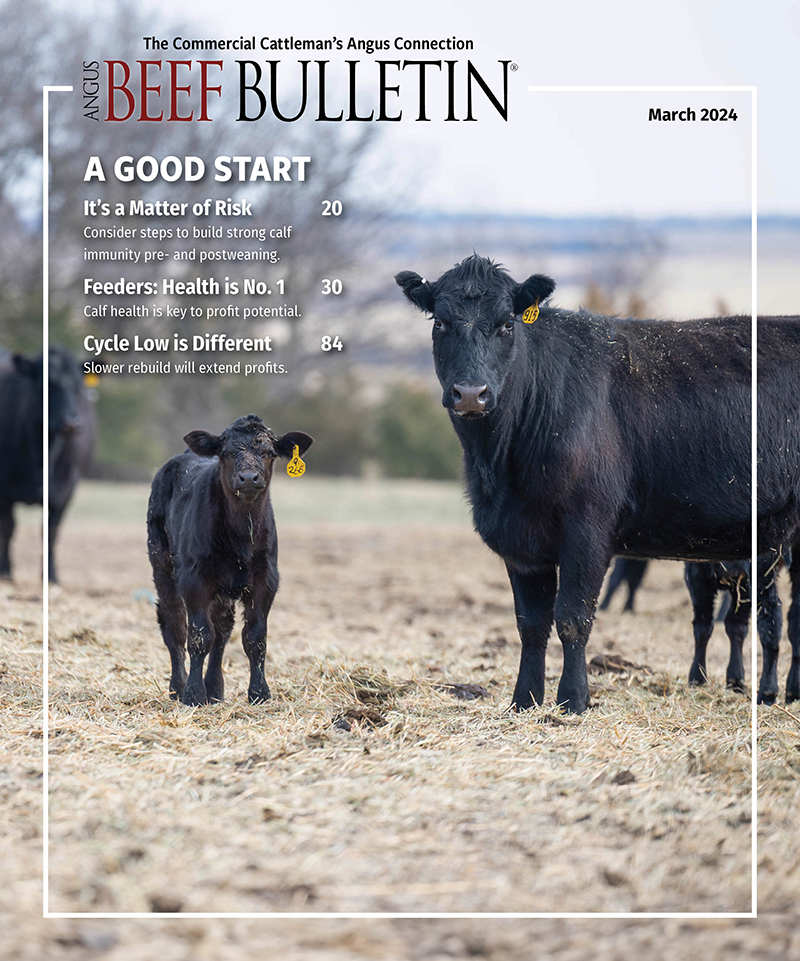
A prescribed burn at Barta Brothers Ranch, a research site for the University of Nebraska–Lincoln (UNL) near Rose, Neb., gives researchers a chance to study how wildfire affects the Sandhills ecosystem and how cattle respond. [Photo courtesy of T.L. Myers, UNL Extension educator.]
Grazing Management Following Wildfire
Resting pastures for as long as a month following fire improves recovery.
Spring wildfires that occur on range and pasturelands will happen when there is the right combination of high winds and low humidity. That has been the case in 2024, and that threat will continue until we have new, green grass growth later this spring.
Although the immediate aftermath of a fast-moving fire can look quite devastating, perennial pasture grasses are resilient and will recover, especially if they are still dormant. Spring is also a time when many prescribed burns are conducted for the purpose of Eastern redcedar control. Of course, adequate moisture through spring and early summer is key for pasture growth whether it was burned or not.
One of the key effects of a wildfire is the loss of plant residue and litter that protects the soil surface. This residue is important for reducing wind and water erosion and the loss of soil moisture. This plant litter and residue is particularly important on sandy soils. High winds following a fire can lead to scouring erosion around the plants.
An important management recommendation following a wildfire is to delay turnout, possibly as long as one month, but this can be adjusted depending on rainfall. This simply allows grasses to accumulate more growth before being exposed to grazing.
Secondly, stocking rates should be reduced, with the objective of leaving adequate residue, which will become litter on the ground. This is to replace what was lost in the fire. Rainfall in May and June will be most critical and should be the guiding factor affecting any of the above management decisions.
It is not uncommon to see more annual weeds show up in a pasture after a fire. While this may look concerning, these weeds can be useful. They have some forage value or will turn into residue and cover at the end of the season. Their numbers will decline the following year.
Fence damage may confound any grazing-management plans. Additionally, many pastures may have been only partially burned. On a pasture that has been partially burned, studies have shown that cattle prefer to graze the burned portion, resulting in much heavier grazing on that area compared to the unburned portion. Temporary fencing to exclude burned areas early in the season may be a solution; however, it is often impractical.
A byproduct of a wildfire can be areas that may have been disced to create a fire break. If this discing was significant to the point where it killed most of the grasses, reseeding these areas using the same grass species found in the rest of the pasture may be warranted.
Editor’s note: Jerry Volesky is an extension range and forage specialist for the University of Nebraska–Lincoln.



